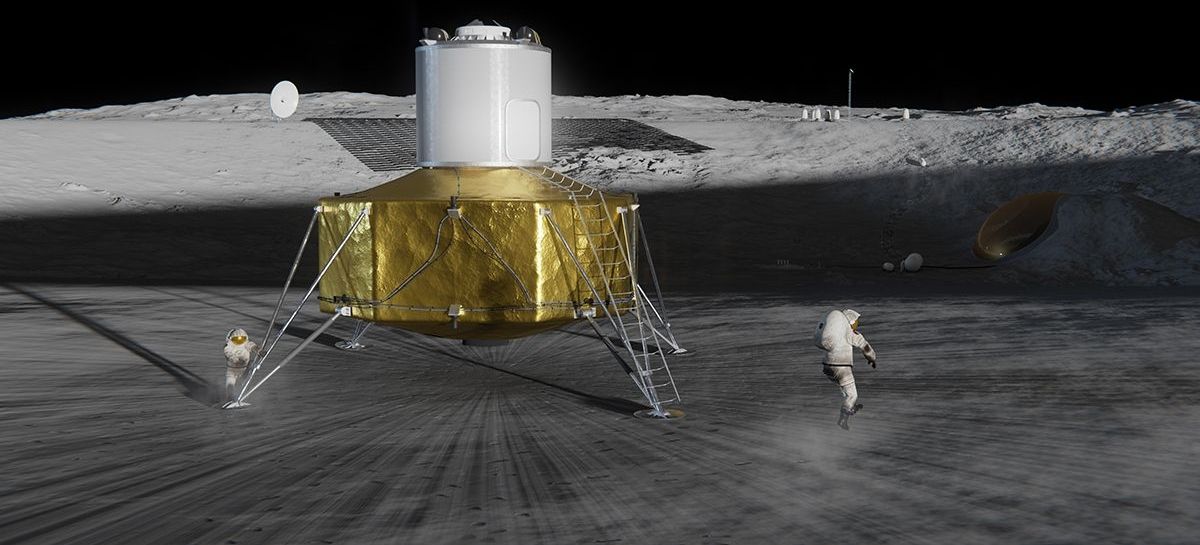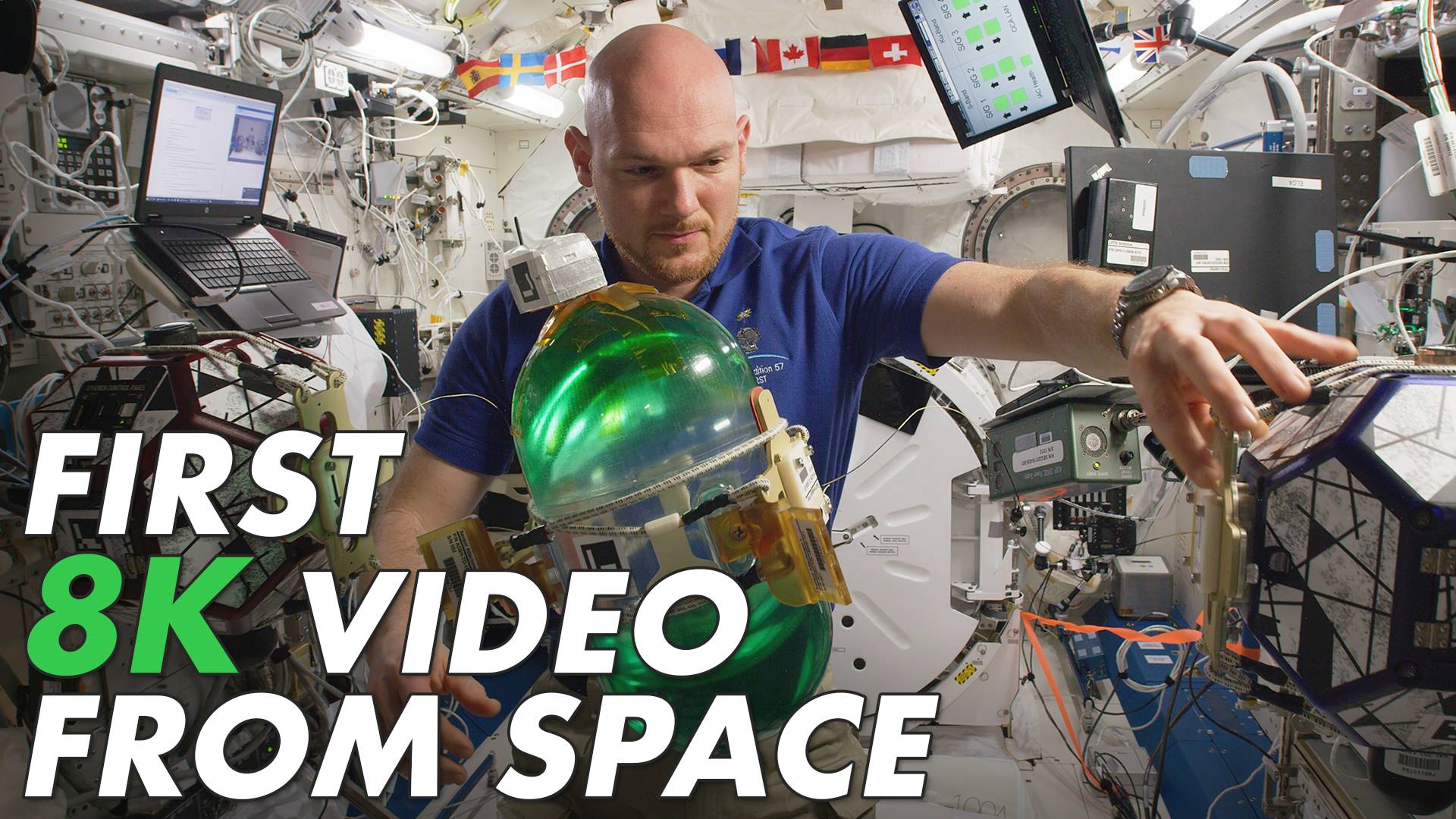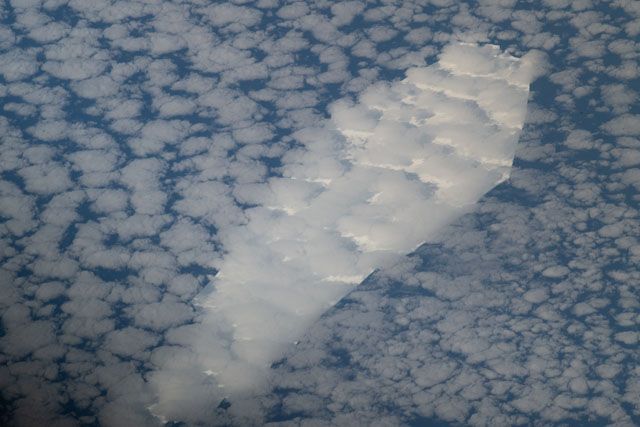Searching for newborn stars, the high-powered telescope spotted a very happy-looking galaxy.
- by
-
Bonnie Burton
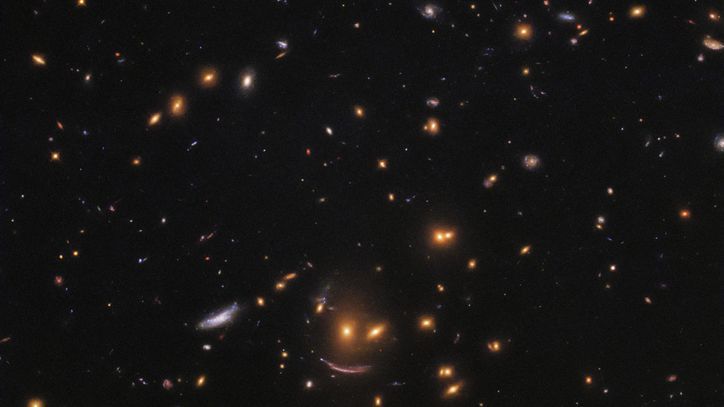
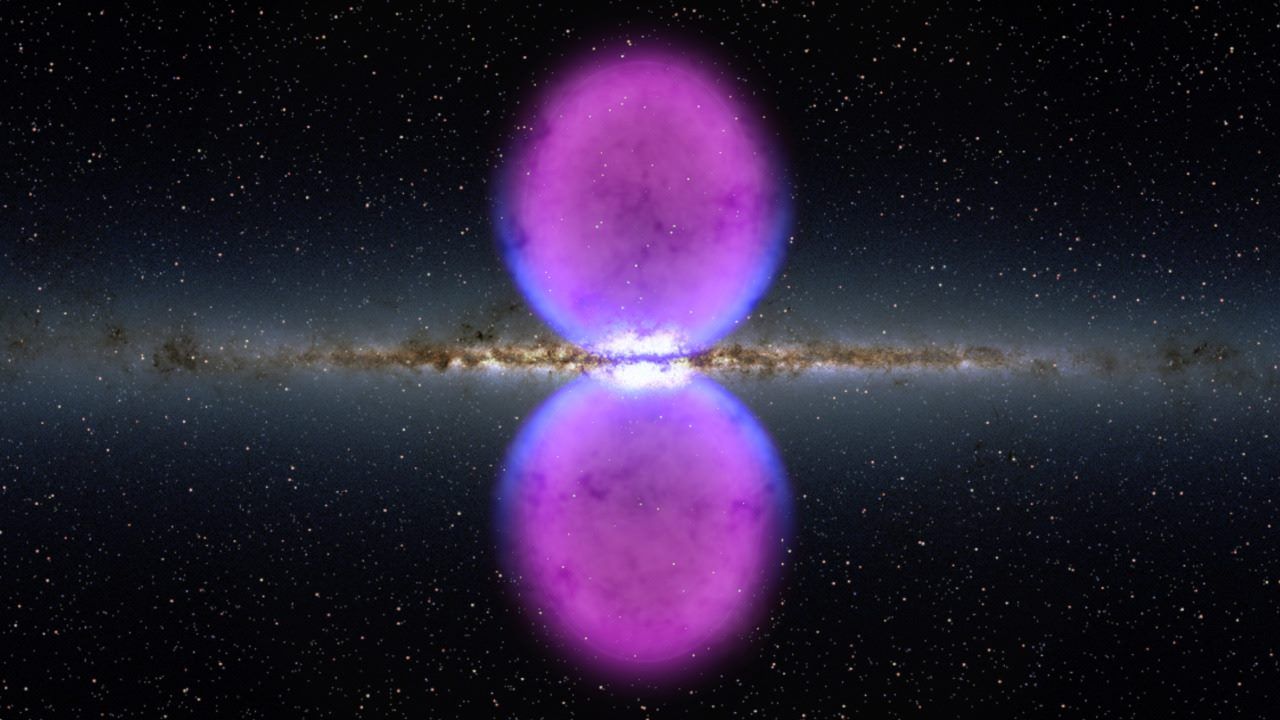
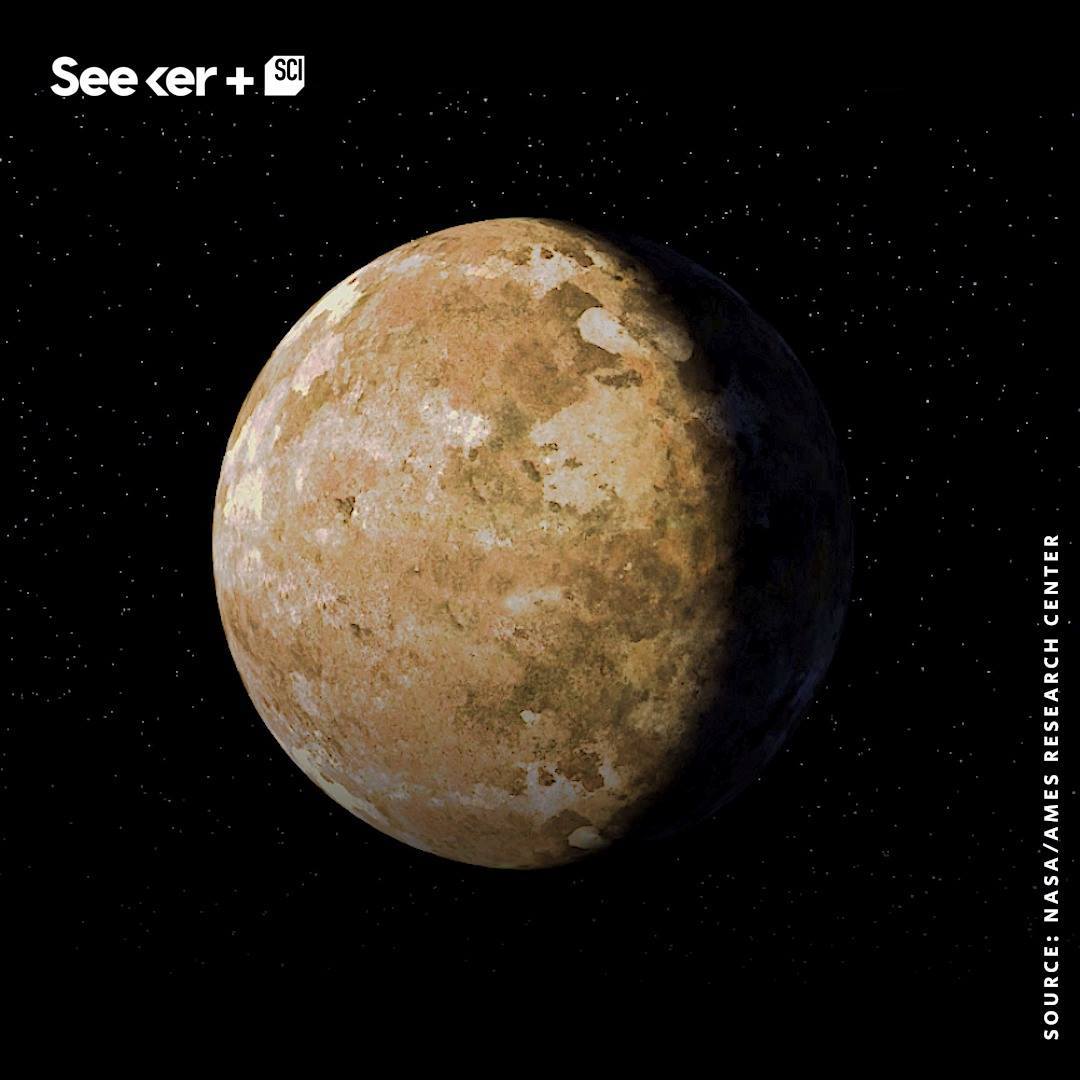
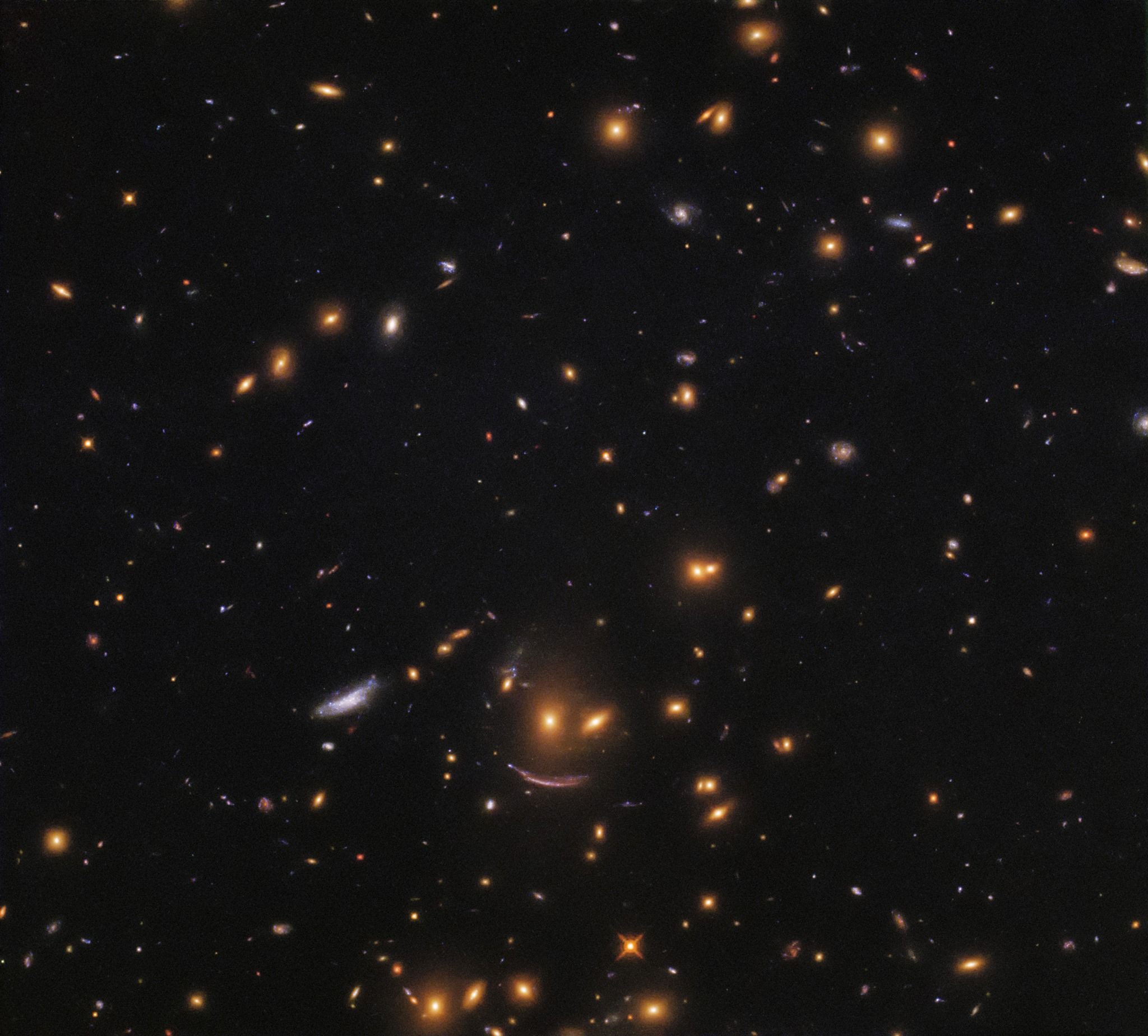
Can you find the smiling face in this patch of space, captured by NASA’s Hubble Space Telescope? The unprecedented resolution of Hubble’s camera is high enough to locate and study regions of star formation — and see galaxies in all shapes, colors and sizes. Zoom in: https://go.nasa.gov/2QgtQzp
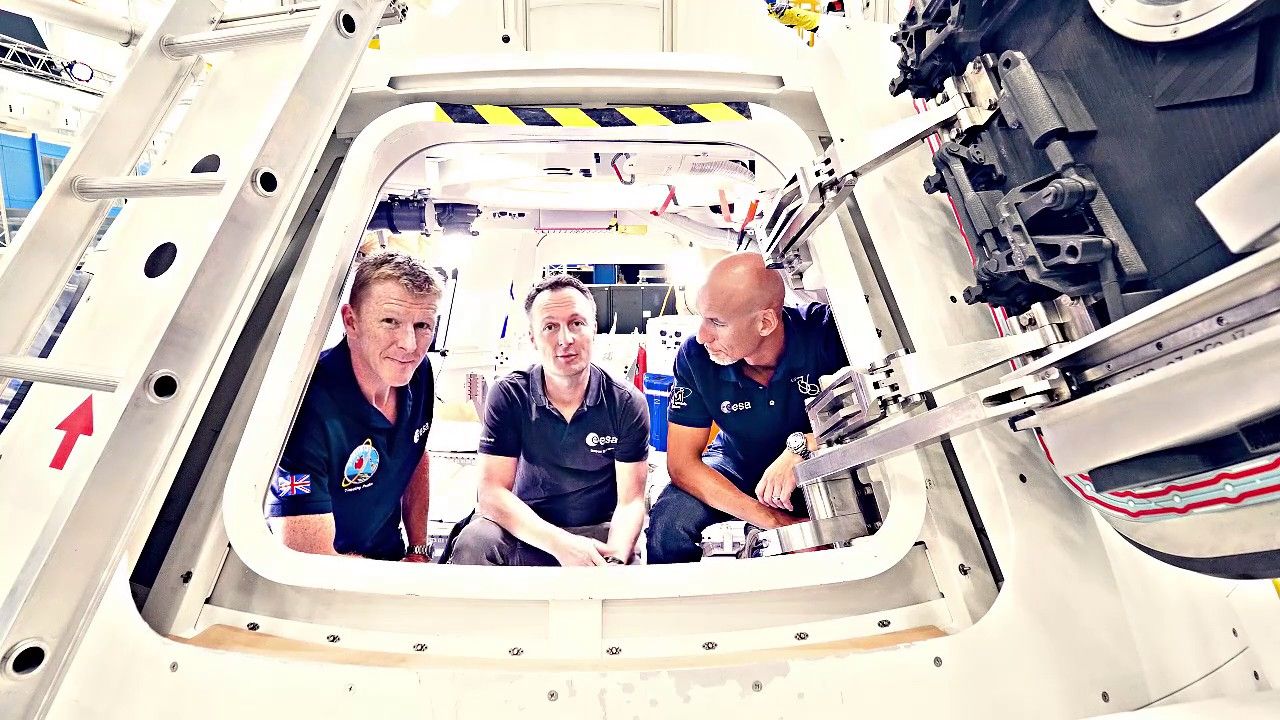
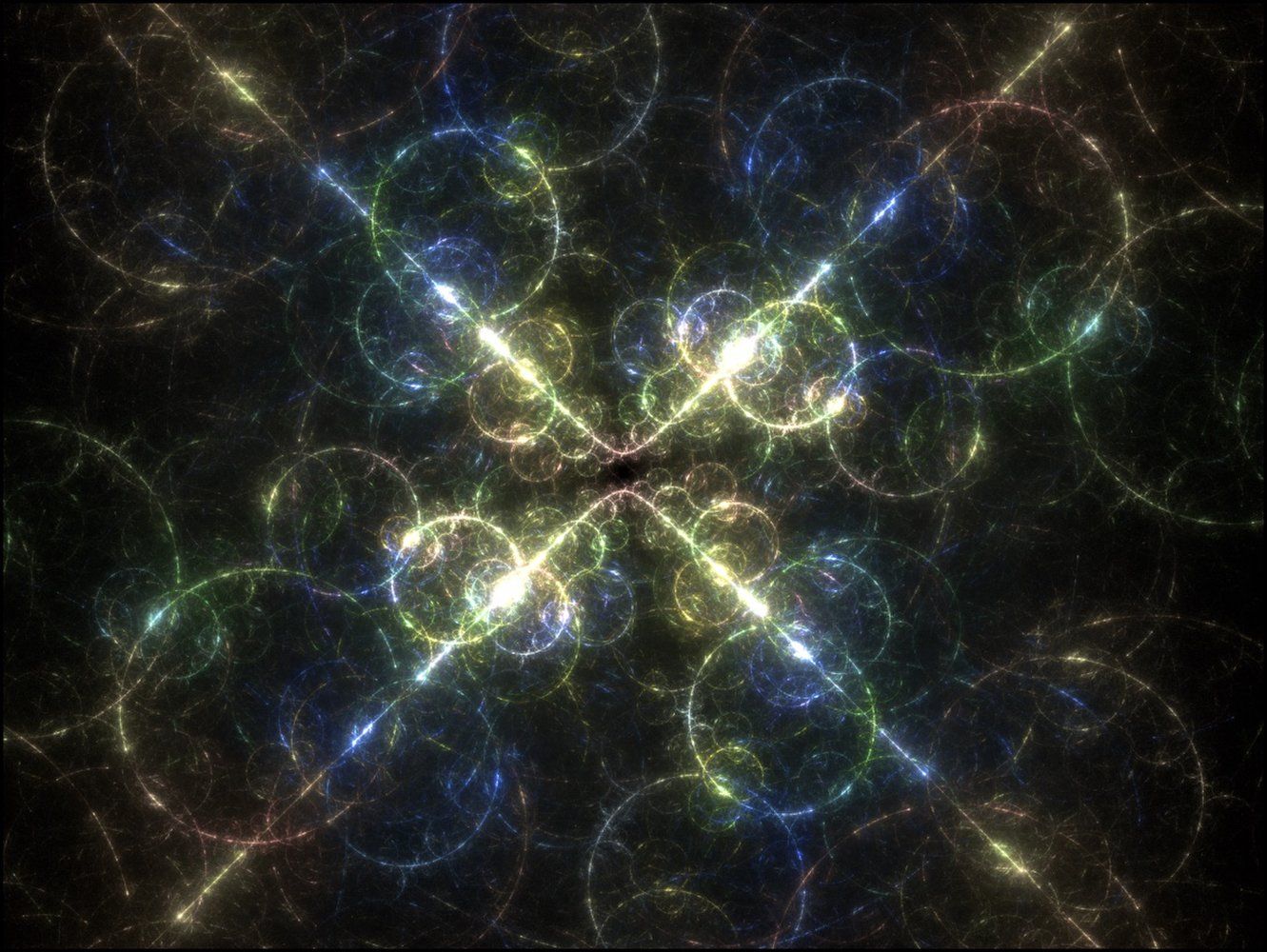
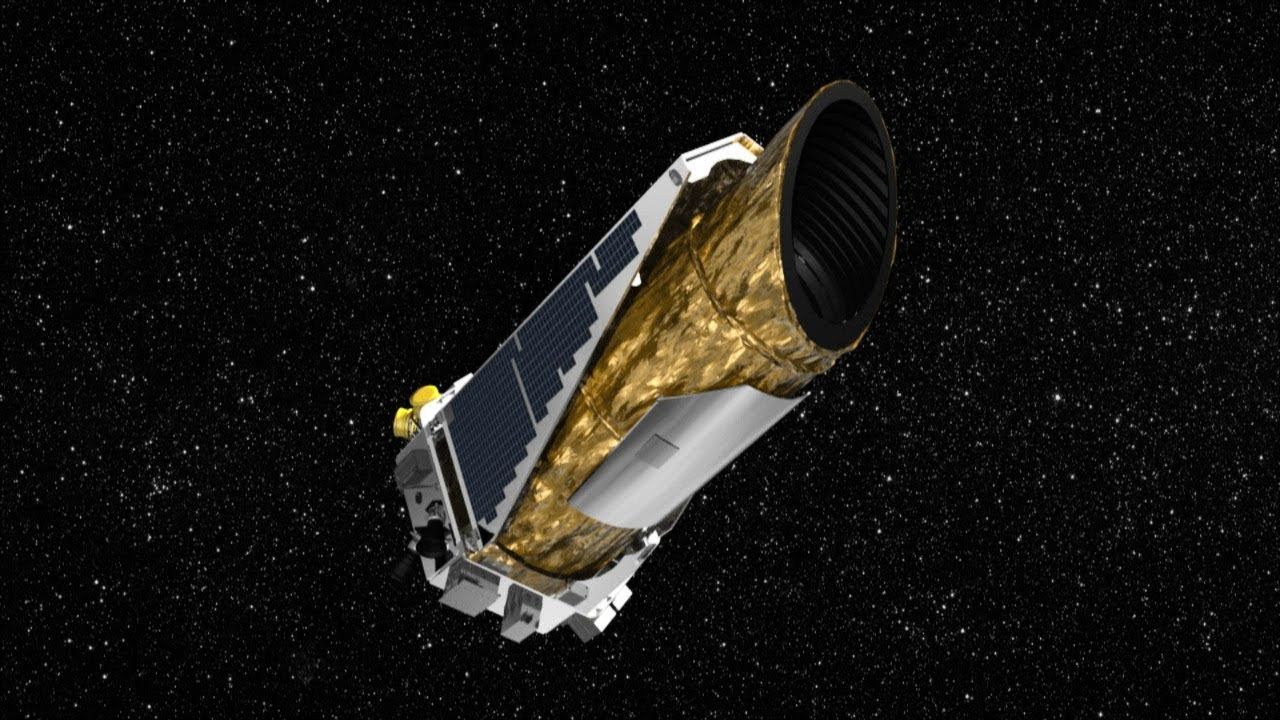
The Kepler Mission introduced us to a dazzling array of solar systems.
